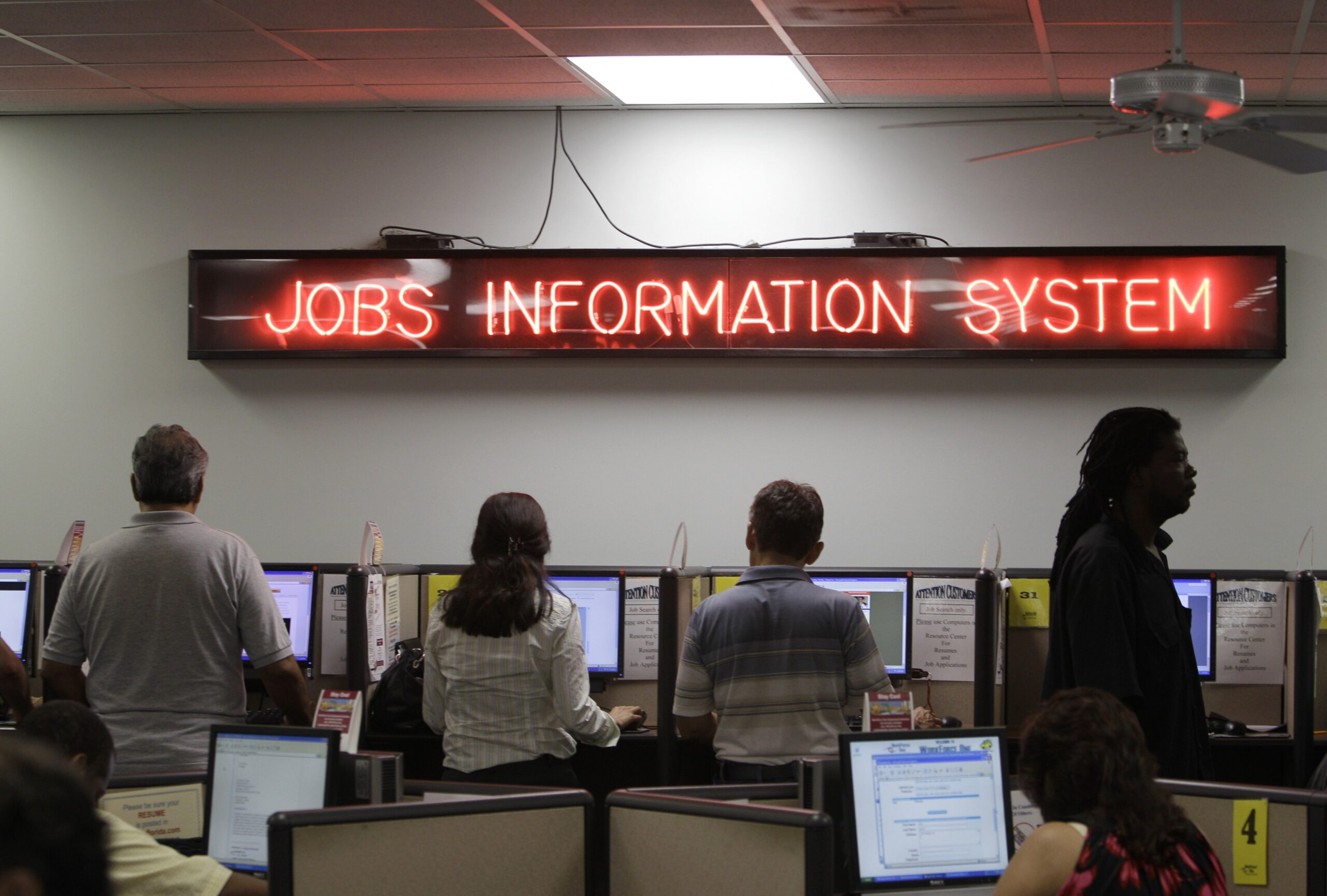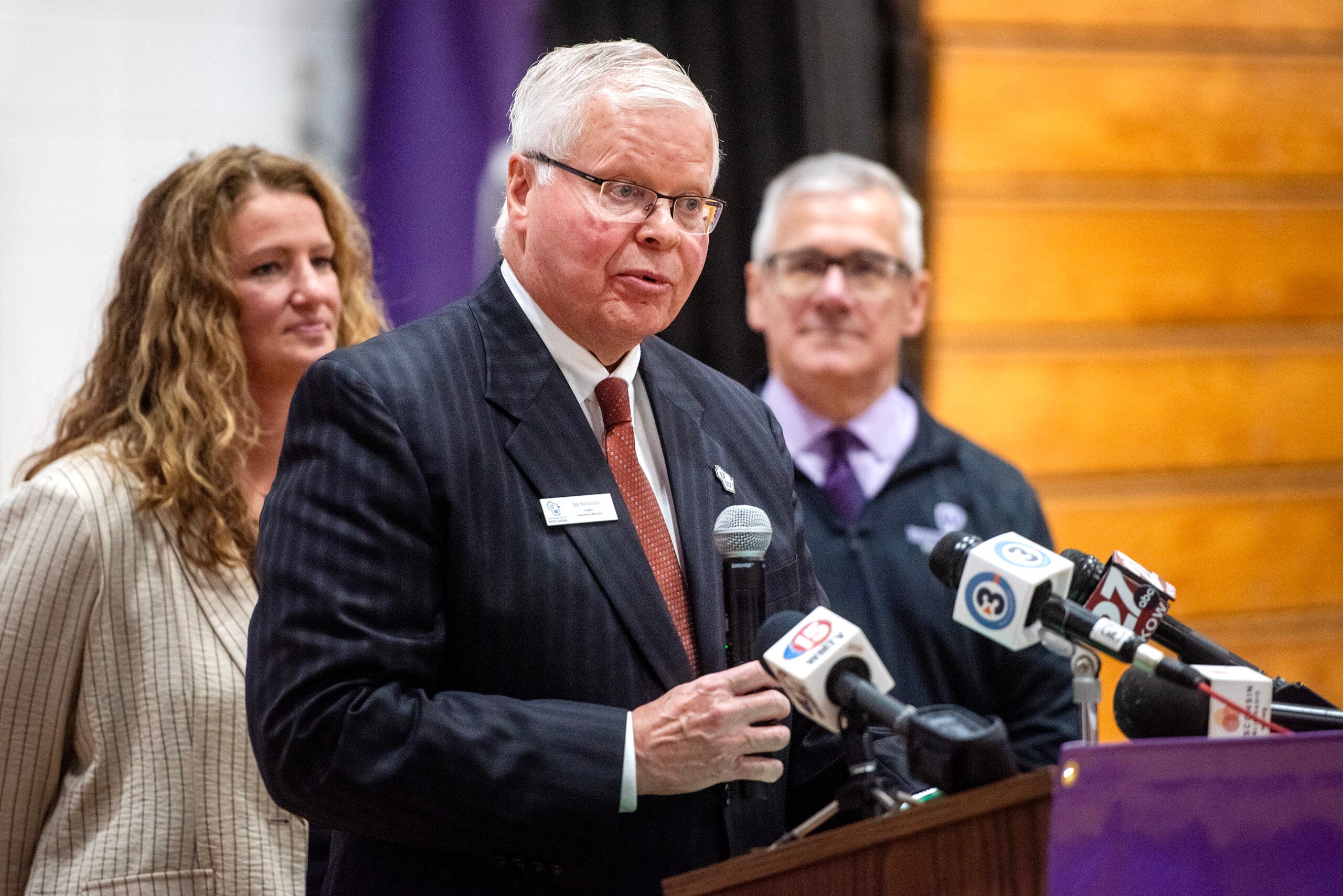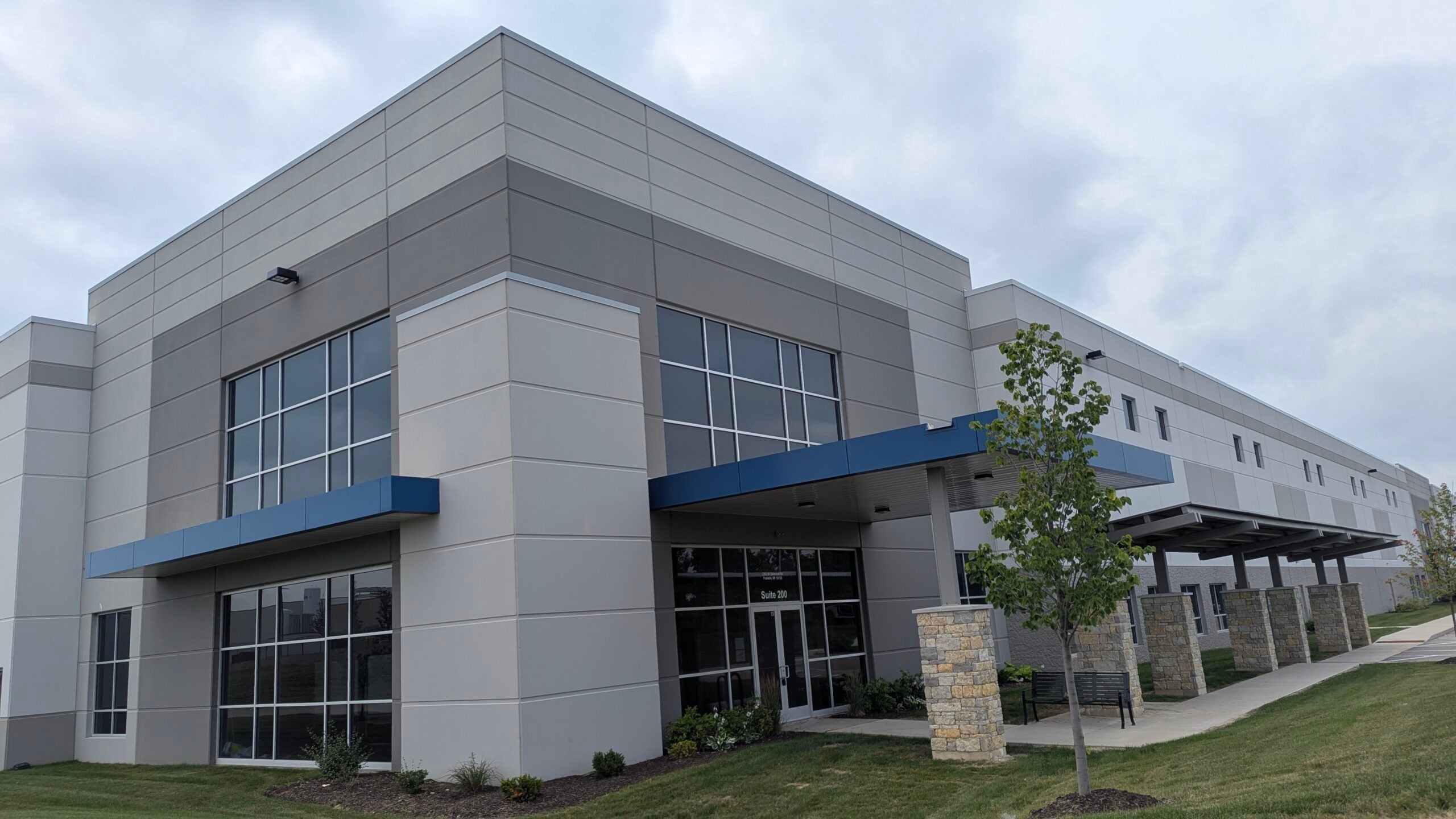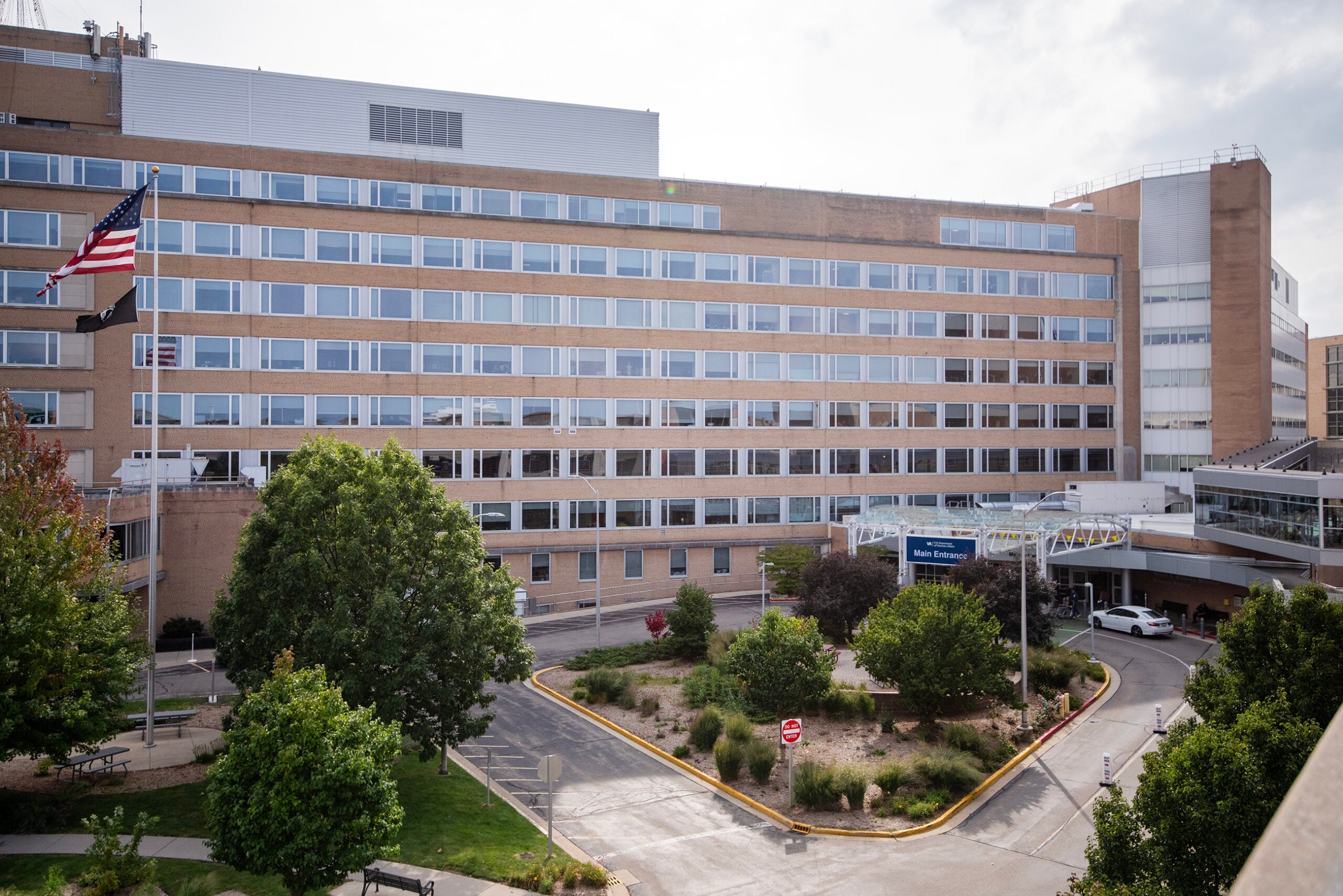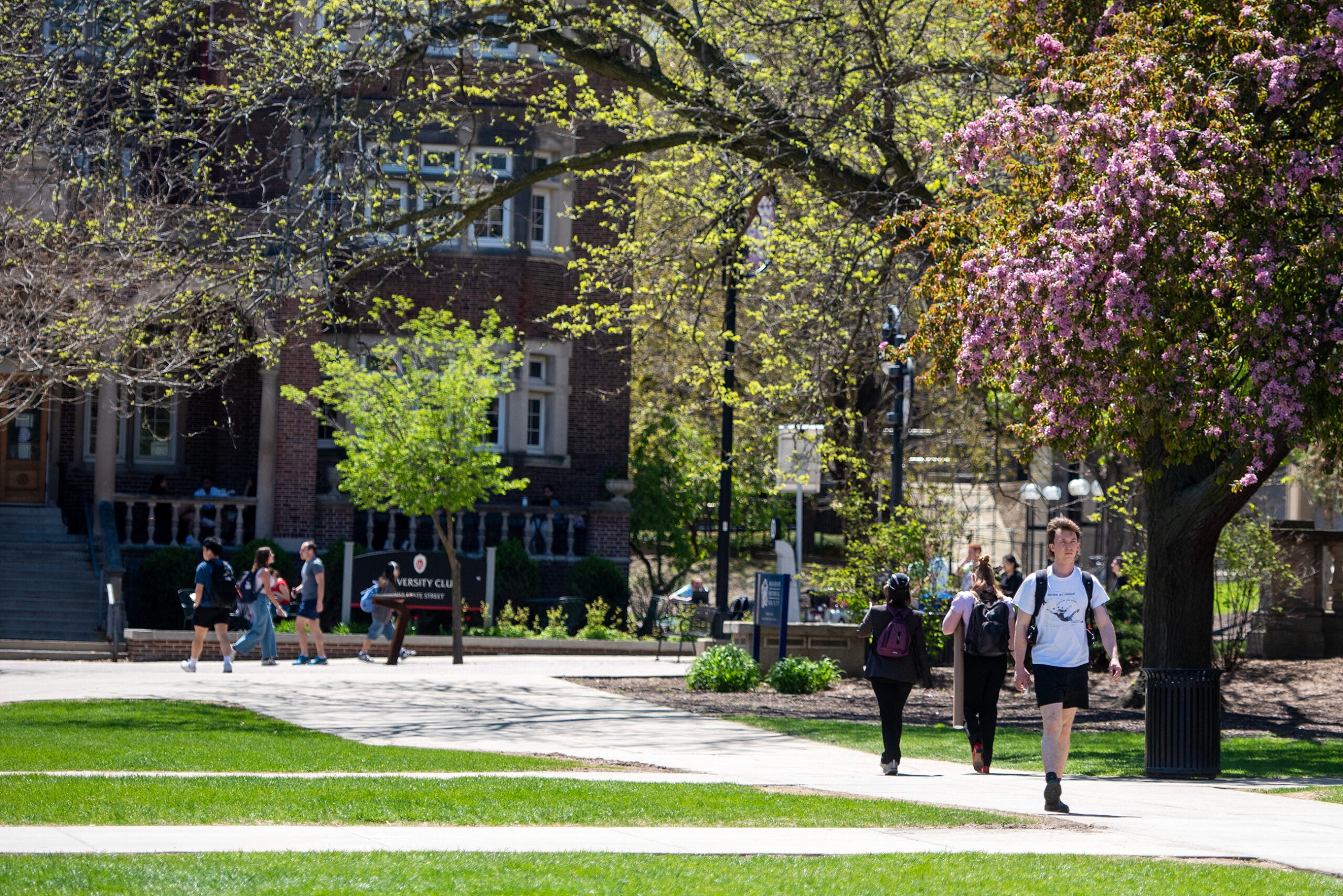A decade after the Great Recession, Wisconsin’s job market has recovered, according to a new report by the Wisconsin Policy Forum.
The shift in the state’s job market is largely due to an increase in higher-paying jobs that require more education, but this shift isn’t happening throughout the state. The report suggests if the state wants the job market to continue to climb, it has to be sustained and distributed across more regions.
“There seems to be a need to continue to increase the share of the adult population that has at least a bachelor’s degree to fill those fast growing occupations,” Joe Peterangelo, a senior researcher at the Wisconsin Policy Forum, said.
News with a little more humanity
WPR’s “Wisconsin Today” newsletter keeps you connected to the state you love without feeling overwhelmed. No paywall. No agenda. No corporate filter.
The report focused on Wisconsin’s three major metropolitan areas: Madison, Milwaukee and Green Bay. Data from the U.S. Bureau of Labor Statistics from May 2008 to May 2018 was used to analyze the 22 major occupational groups in the state including, business, personal care, health care, production and computer occupations.
According to the report, occupational groups in business, health care, management, and computer operations added the most jobs between 2008 and 2018.
The report also found an increase in personal care and service occupations like barbers, child care workers and personal care aides in Wisconsin — where employment increased by 56.2 percent, higher than any other occupation according to the report.
Health care support occupations like dental and nursing assistants have lost almost 18,000 jobs since 2008. But health care practitioner occupations like physicians, dentists and registered nurses added nearly 23,500 jobs.
Madison, Milwaukee and Green Bay account for almost half of Wisconsin’s jobs. The three cities have seen significant job shifts in different areas. In Green Bay, health care occupations are on the rise, increasing 5.3 percent. Green Bay’s employment increase in health care was nearly twice as much as the entire state.
In Milwaukee, employment in production has shifted downward. The city lost over 13,000 production jobs, highly concentrated in the manufacturing industry, since 2008. Despite the decline, in 2018, production jobs continued to be the second-highest occupation for Milwaukee residents. Peterangelo said the region is seeing a shift from manufacturing jobs to occupations in finance, business and health care.
“It seems like there’s been growth but most of that growth is just made up from what was lost in the Recession,” Peterangelo explained.
Madison’s job market experienced the strongest job growth since 2008, with the number of technology jobs doubling. According to Peterangelo, the increase in software developers, web programmers and other computer and mathematical occupations has Madison’s job market booming.
Although the shift toward higher-paying occupations is on the rise, there is a downside. Those occupations generally require higher levels of education and training, Peterangelo said.
This means the state will have to put a focus on higher education to sustain and spread the job market across multiple regions. According to the report, almost 45 percent of adults have a bachelor’s degree or higher in Madison, compared to almost 35 percent in Milwaukee and just over 27 percent in Green Bay.
Peterangelo also said Wisconsin struggles to keep educated workers in the state. He said that Wisconsin does a good job retaining residents that live here, but doesn’t attract people who have degrees from out of state.
“So if we aren’t attracting people from out of the state it puts even more pressure on the population that’s growing up here to stay and to get higher education,” he said.
Wisconsin Public Radio, © Copyright 2025, Board of Regents of the University of Wisconsin System and Wisconsin Educational Communications Board.

